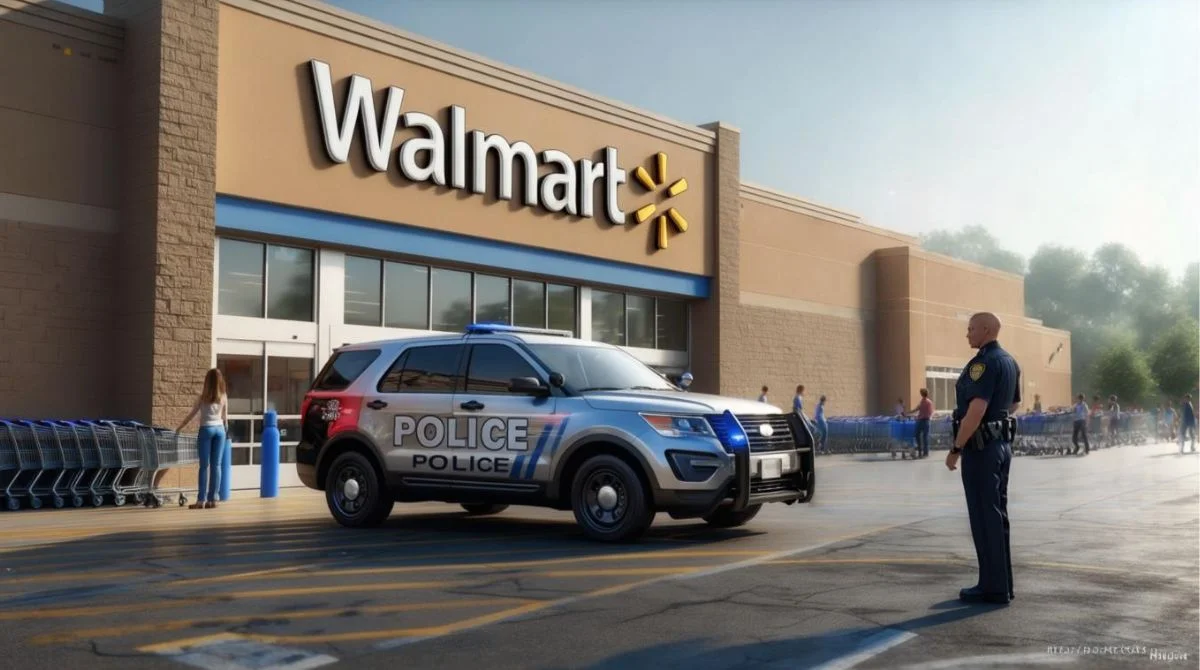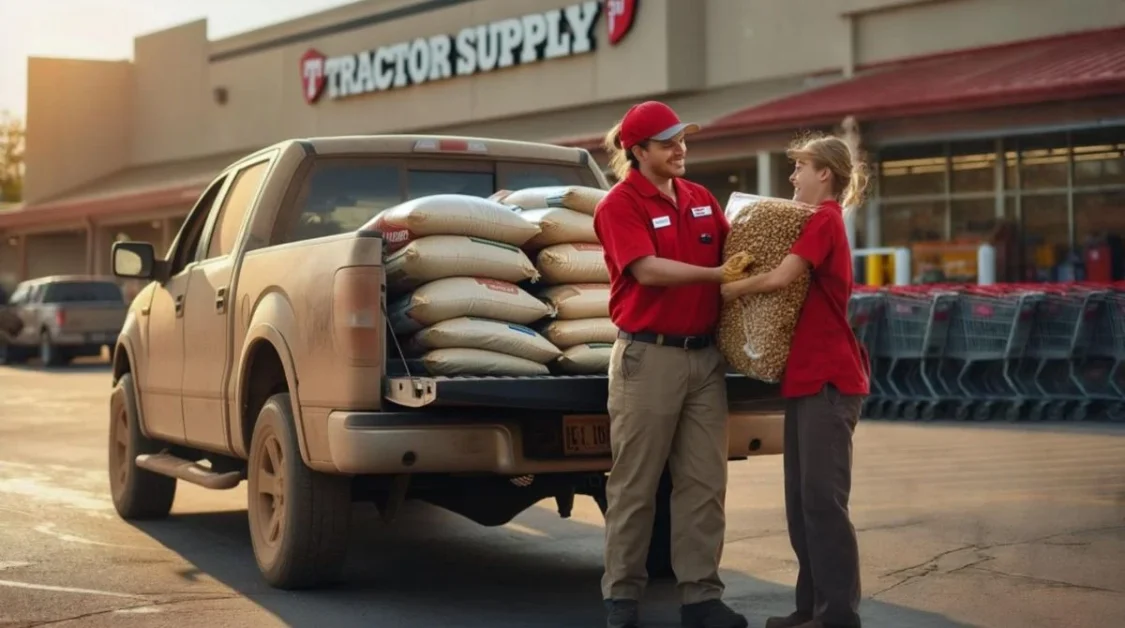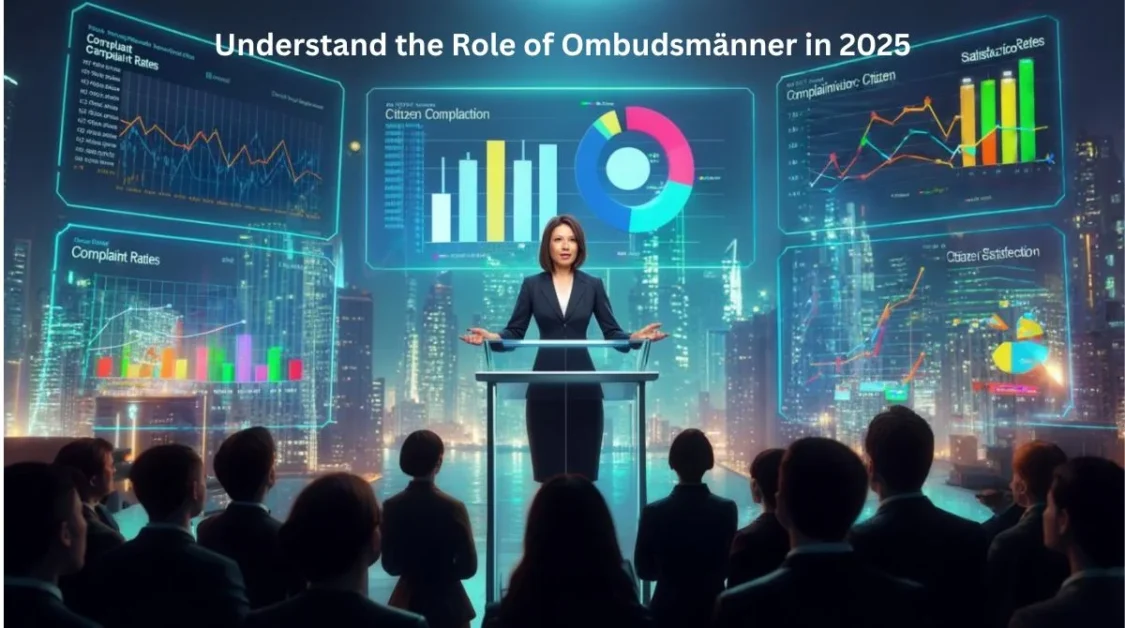In Kentucky, you might have noticed a visible police presence at Walmart stores. Whether it’s patrol cars in the parking lot or uniformed officers inside, this trend is drawing attention. In this article, we’ll explore why this is happening, what it means for your safety as a shopper, where and when police presence is most common, reactions from the public, pros and cons, real incidents, and what this could mean for the future. All of this is explained simply for everyday readers.
Why Are Police at Walmart in Kentucky?
1. Walmart as a Public Hub
Walmart is more than a discount store it acts like a community hub in many Kentucky towns. This means people gather not only to shop but also to meet, rest, eat or even sleep. Such a high level of activity often attracts police presence to help keep things orderly.
2. Rise in Shoplifting and Theft
Retail crime has been on the rise across the country in recent years and Kentucky is no exception. In response, Walmarts have stepped up security with tools like live-feed cameras and silent alarms. When incidents grow more serious, law enforcement is called in to handle the situation.
3. Stolen Vehicles and Car Crimes
Police sometimes station near Walmarts to catch stolen vehicles or people using parking lots for illegal purposes. In one instance, state police were at a Berea Walmart after a stolen car was spotted there.
4. Substance Use & Mental Health Help
Certain individuals turn to Walmart parking lots for resting, temporary shelter or using substances. This increases the chance of medical or mental health problems, requiring assistance from first responders, including police.
5. Walmart and Police Partnerships
Walmart often collaborates with local law enforcement, sharing footage, crime alerts and letting officers write reports on site. This helps take a forward-thinking approach to maintaining safety.
Where and When Police Are Most Visible?
1. High-Service Locations
Not all Walmart’s are the same. Stores in towns like Lexington, Louisville, Berea or Bowling Green see more police presence because of higher foot traffic or recurring incidents.
2. Busy Times: Weekends & Evenings
Police tend to show up during peak hours when more people are shopping especially late evenings and weekends.
3. Parking Lot Patrols
Officers often monitor parking lots, where thefts, car break-ins and abandoned vehicles are more common.
Case Studies from Kentucky
1. Berea Walmart: Stolen Vehicle Incident
In late April, officers were called to a Berea Walmart after a stolen vehicle parked there was flagged. When a man attempted to flee by reversing, he struck an officer. The officer fired shots, injuring two men who were in the vehicle. No customers were harmed.
• The suspect was charged with attempted murder of a police officer, theft, resisting officers and vandalism.
2. Louisville Walmart: Spray Paint Attack
In March, a man shoplifting was stopped by an officer and security staff. The suspect sprayed paint in the officer’s face and assaulted her. He was arrested and charged with assaulting a police officer, robbery, wanton endangerment and fleeing.
3. Fairdale Walmart Carjacking and Shooting
In August, an armed individual ran from police, wrecked a vehicle, went into a Walmart and attempted to steal a car near the pharmacy area. An officer shot the suspect, who survived. No customers were hurt.
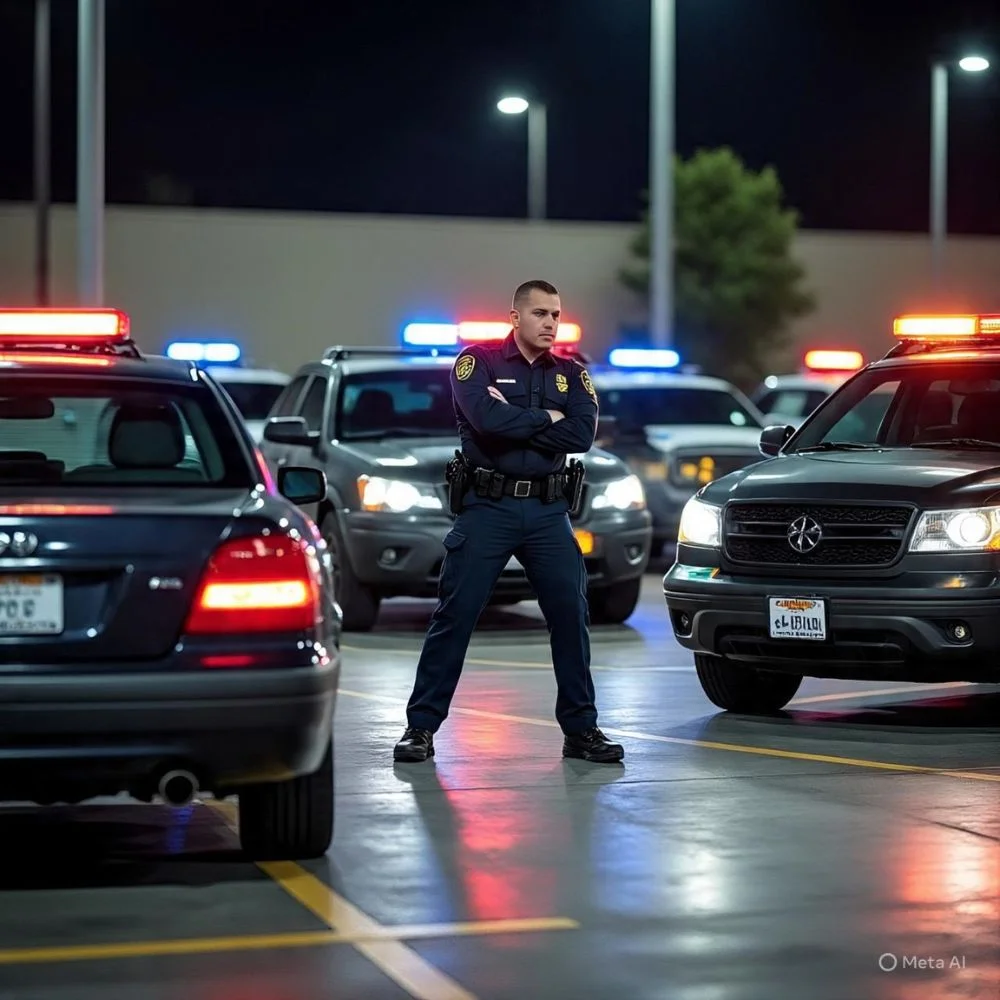
Benefits of Police Presence at Walmart
1. Crime Deterrence
Uniformed officers are a visible deterrent, discouraging theft and disruptive behavior. Potential offenders often avoid stores where patrols are common.
2. Faster Incident Response
When police are already on site, emergency response times improve. Active incidents like fights, medical emergencies or dangerous behavior can be handled quickly.
3. Community Reassurance
Seeing officers walking the store or parking lot can make shoppers feel safer, especially families, citizens and employees working late.
4. Partnerships with Retail Security
Walmart’s security teams coordinate with police to share alerts and footage, which enhances prevention and enforcement.
Concerns & Criticism
1. Over Policing of Low-Income Patrons
Walmart serves as a community hub in many rural or low-income areas. Some visitors worry that frequent patrols result in profiling or over-enforcement of minor issues.
2. Budget and Resource Use
Local police departments spend time and money on Walmart incidents. Critics ask whether police time could be better used elsewhere, like in schools or neighborhoods.
3. Retailers vs. Public Services
Walmart has taken on roles once filled by libraries, parks, even social workers. Some question whether this normalizes police involvement in everyday life.
4. Privacy and Surveillance
Walmart might use tools like license plate scanners or AI-enabled cameras. While this helps curb crime, it raises concerns about privacy and surveillance.
How Communities Feel?
Opinions in Kentucky vary widely:
- Supporters appreciate the calm, quick service and safety the police provide. Many families, especially after dark, feel reassured.
- Critics say heavy policing creates a stressful or intimidating shopping environment.
- Neutral views see the presence as neither positive nor negative just a part of modern retail life.
In Berea, police messages after incidents stressed that Walmart’s remained open and shoppers were safe.
Walmart’s Own Security Approach
Walmart has upgraded its internal security:
- Asset Protection Teams monitor store exits and respond to alarms.
- AI-powered cameras are used to identify possible threats through advanced surveillance technology.
- Self Checkout Monitoring alerts staff when suspicious patterns appear.
- Collaboration Tools alert police and internal teams instantly when incidents occur.
Police become involved when issues go beyond Walmart’s control, such as violence, fleeing drivers or weapon threats.
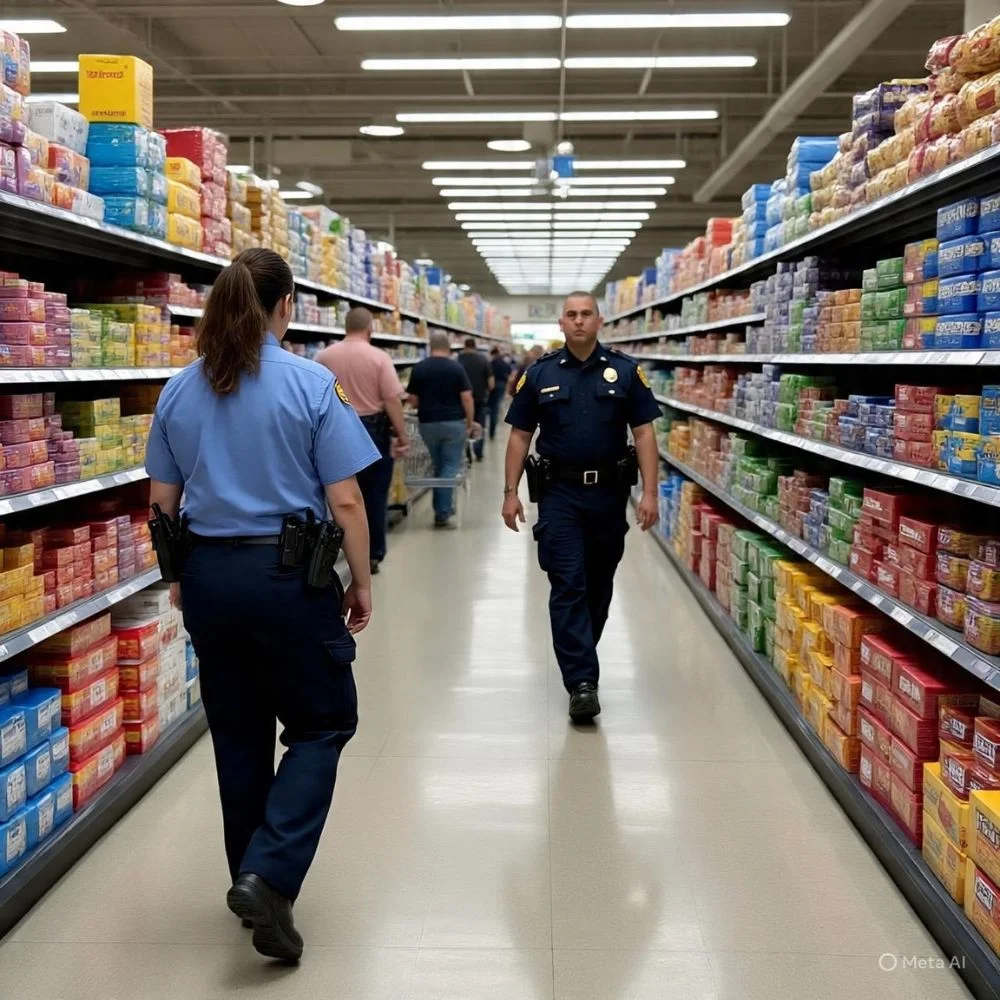
Legal & Financial Implications
1. Police Costs
Repeated calls to Walmart take up valuable time and resources from police and emergency services. Some towns nationwide are discussing billing retailers for excessive responses though Kentucky has no major policy changes yet.
2. Charges & Legal Cases
High-profile arrests, such as the Berea shooting suspect, bring serious charges like attempted murder, carjacking or assault on officers. These make national headlines and often involve state police investigations.
3. Civil Rights & Oversight
Ethical concerns include potential racial profiling, excessive use of force, or intrusion into private lives, especially through surveillance technology.
Broader National Context
What’s happening in Kentucky is part of a larger trend. Across the U.S., Walmarts are becoming de facto public spaces. With libraries shutting early, malls losing foot traffic and restaurants closing during the day, there are fewer safe and accessible public spaces available. Walmart has filled some of that gap, attracting everyone from shoppers to loiterers. Police presence becomes a reaction to that shift. Retailers nationwide have begun:
- Increasing partnerships with police.
- Hosting community outreach events.
- Using private security and crisis intervention teams.
- Putting resources into alternative, non-police approaches to handle mental health issues and homelessness.
Recommendations for Shoppers
To navigate police presence at Walmarts:
- Stay Alert but calm an officer nearby doesn’t mean danger; it often means preparedness.
- Follow Store Rules no smoking in aisles, no tampering with displays.
- Avoid Loitering if you’re just browsing or helping someone, do so discreetly.
- Know Your Rights you don’t need to consent to searches without cause.
- Report Concerns Respectfully if you see something suspicious, tell a staff member or officer.
The Future Outlook
Some Kentucky towns and retailers explore using social workers or health professionals instead
move promoted by reform advocates. As AI tools spread, calls for privacy protections are growing. States might create limits on what
data stores can collect. Other states are piloting fee systems for private calls to public police. Kentucky may consider similar models.
Cities are experimenting with unarmed crisis teams to handle mental health and homelessness of police for non-violent issues.
Conclusion
Kentucky’s experience with police presence at Walmart’s reflects a changing social landscape. As public spaces shift, big-box stores like Walmart have taken on broader roles shopping, meeting, sheltering. With that comes complexity. Police presence often makes people feel safer, but it also raises valid concerns about surveillance, fairness and civil rights. What matters most is balance. A safe shopping environment should not feel like a monitored one. Communities, Walmart management and police must work together to maintain safety while protecting personal freedom and dignity.
